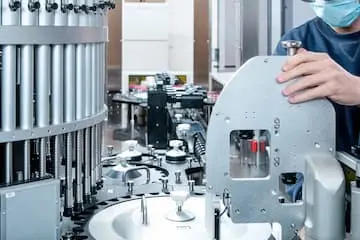Rubber processing machine is used to process experimental raw materials and formula materials under set pressure and temperature, and then form them after cooling, so that the products can meet the required quality and inspection standards. This process lays the foundation for physical property testing and product quality inspection. Its application scope includes new product development, formula optimization, product quality control, raw material testing, processing performance research, process optimization, and teaching and scientific research. Product features include meeting the basic requirements of hot pressing molding of polymer materials, equipped with high temperature resistance, corrosion resistance, electric heating plate, built-in dense point heating tube to ensure high temperature accuracy and uniformity, stable performance and low noise.
Toggle Categories
Get Instant Support
Choose your preferred way to connect with our team
-
Get Free Quote Fill out form for detailed pricing
-
Send Email Detailed inquiry support
-
WhatsApp Quick mobile chat
Response Time
Within 8 hours on working days, 24 hours on holidays
Rubber processing machine

Rubber Vulcanizer Vulcanizing Machine Plate Vulcanizing Press for Lab
Item Number : RPM-01

Lab Plastic PVC Calender Stretch Film Casting Machine for Film Testing
Item Number : RPM-02
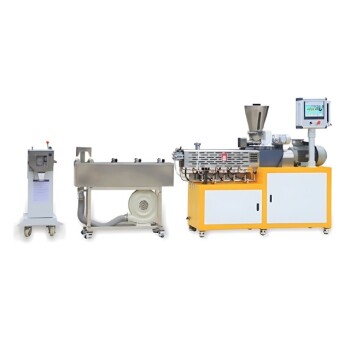
Twin Screw Extruder Plastic Granulation Machine
Item Number : RPM-03
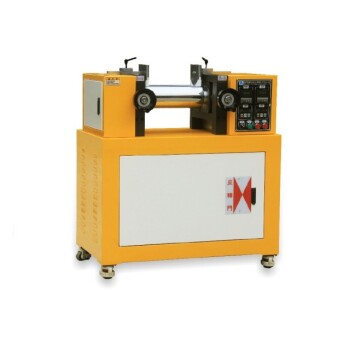
Open Type Two Roll Mixing Mill Machine for Rubber Crusher
Item Number : RPM-04
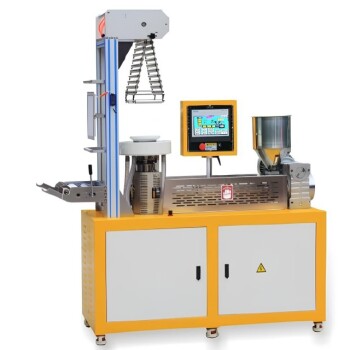
Lab Blown Film Extrusion Three Layer Co-Extrusion Film Blowing Machine
Item Number : RPM-05
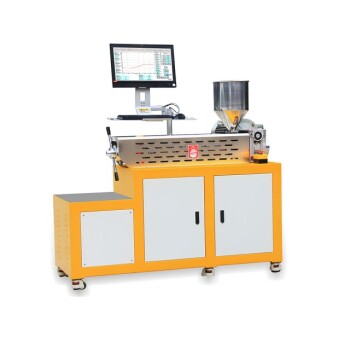
Filter Testing Machine FPV for Dispersion Properties of Polymers and Pigments
Item Number : RPM-06
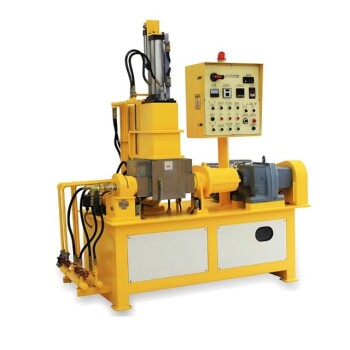
Lab Internal Rubber Mixer Rubber Kneader Machine for Mixing and Kneading
Item Number : RPM-07

Small Lab Rubber Calendering Machine
Item Number : RPM-08

Small Injection Molding Machine for Lab Use
Item Number : RPM-09
The rubber processing machine is specially designed to process experimental raw materials and formula materials under set pressure and temperature, and form products that meet the requirements after cooling. This process not only ensures that the product meets the quality and inspection standards, but also provides a reliable basis for subsequent physical property testing and product quality inspection. This equipment is widely used in new product development, formula optimization, product quality control, raw material testing, processing performance research and process optimization, and is also suitable for teaching and scientific research purposes. The rubber processing machine has the ability to meet the basic requirements of hot pressing molding of polymer materials. It is equipped with a high-temperature and corrosion-resistant electric heating plate and a built-in precision heating tube to ensure high precision and uniformity of temperature control. It also has stable operation and low noise, providing users with a high-quality operating experience.
FAQ
What Is A Laboratory Crusher Used For?
What Is A Rubber Calender?
How Does A Laboratory Crusher Work?
What Are The Methods Used To Deposit Thin Films?
What Are The Main Applications Of A Rubber Calender?
What Are The Main Features Of A Laboratory Jaw Crusher?
What Is Thin Film Deposition Equipment?
What Types Of Rubber Calenders Are Available?
What Is The Working Principle Of A Laboratory Jaw Crusher?
What Is Thin-film Deposition Technology?
What Are The Advantages Of Using A Rubber Calender?
What Are The Advantages Of Using A Laboratory Crusher?
What Are The Advantages Of Using Thin Film Deposition Equipment?
How Does A Rubber Calender Work?
What Factors Should Be Considered When Selecting Thin Film Deposition Equipment?
What Safety Considerations Are Associated With Operating Thin Film Deposition Equipment?
REQUEST A QUOTE
Our professional team will reply to you within one business day. Please feel free to contact us!
Related Articles

The Silent Partner: Why Material Choice in Electrochemistry is a Matter of Trust
Discover why high borosilicate glass and PTFE are the non-negotiable standards for electrolytic cells. A deep dive into material science for precise data.

Application of Low-Temperature Pulverization Technology in the Spice Industry
Explores the benefits of low-temperature pulverization for maintaining spice quality and efficiency.

10 Common Dry Ultrafine Crushing Processes
Overview of various dry ultrafine crushing methods and their components.

Techniques and Methods of Freeze Pulverization for Powdered Rubber
An overview of various methods for producing powdered rubber through freeze pulverization, including liquid nitrogen and air turbine expander cold methods.

Electron Beam Evaporation: Advanced Thin Film Creation
Explores the technology and applications of electron beam evaporation in thin film production.

Understanding Hot Isostatic Pressing in PVD Sputtering Targets
Explores the role of hot isostatic pressing in enhancing the quality and uniformity of PVD sputtering targets, focusing on manufacturing techniques and benefits.

In-depth analysis of the key characteristics and advantages of polytetrafluoroethylene
This paper will take an in-depth look at the key properties of polytetrafluoroethylene (PTFE), such as high-temperature resistance, corrosion resistance and low friction, as well as the wide range of applications and advantages in industry and everyday life.

Molecular Distillation: A Comprehensive Overview
Explains the principles and applications of molecular distillation, a technique for separating liquid mixtures based on molecular interactions and diffusion rates.

Introduction to the PECVD Deposition of Amorphous Silicon Process in Burst Film Formation
Explains the mechanism of burst film formation in PECVD deposition of amorphous silicon and solutions to prevent it.

Precision Tuned Thin Film Technology: Chemical Vapor Deposition (CVD) in Chalcogenide Solar Cells
Explores the role of CVD in improving the performance and scalability of chalcogenide solar cells, with a focus on its advantages and applications.

Factors Affecting the Adhesion of Magnetron Sputtered Films
An in-depth analysis of the key factors influencing the adhesion of films prepared via magnetron sputtering technology.

Impact of Various Power Supplies on Sputtered Film Morphology
This article discusses how different power supplies affect the morphology of sputtered film layers, focusing on DC, PDC, and RF power supplies.

Measuring Peel Strength of Sputtered Film Layers
An in-depth guide on the definition, measurement methods, influencing factors, and equipment used for assessing peel strength of sputtered film layers.

Controlling Film Thickness Tolerance in Magnetron Sputtering Coating
Discusses methods to ensure film thickness tolerance in magnetron sputtering coating for optimal material performance.

Electron Beam Evaporation Coating: Advantages, Disadvantages, and Applications
An in-depth look at the pros and cons of electron beam evaporation coating and its various applications in industries.

Thin Film System Design: Principles, Considerations, and Practical Applications
An in-depth exploration of thin film system design principles, technological considerations, and practical applications in various fields.

Issues in Magnetron Sputtering: Why a Glow Occurs but No Film is Deposited
Analyzing factors causing no film deposition despite glow in magnetron sputtering.

Safety and Operational Guidelines for Flat-Plate Hot Press in Lamination Experiments
Detailed safety measures and operational steps for using a flat-plate hot press in lamination experiments.

Comprehensive Application of Cold Isostatic Pressing Technology
An overview of the wide-ranging applications of cold isostatic pressing technology across various industries.

Principle and Process of Cold Isostatic Pressing
Explains the mechanism, factors, and process of cold isostatic pressing in powder molding.
